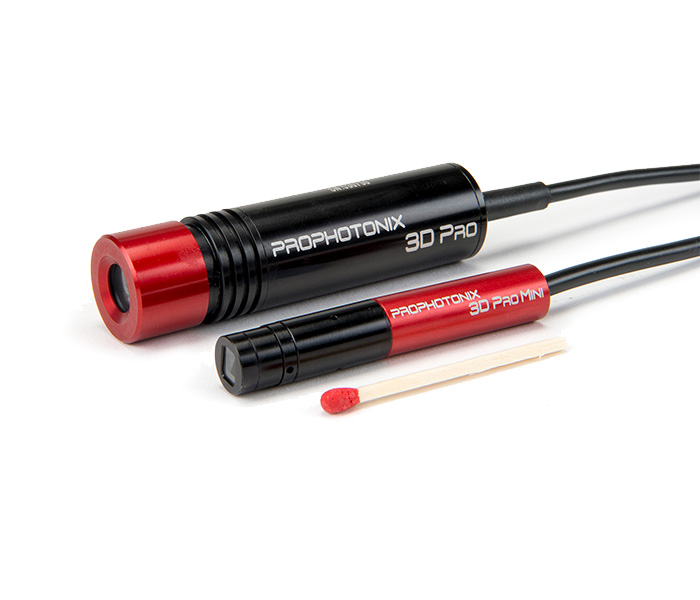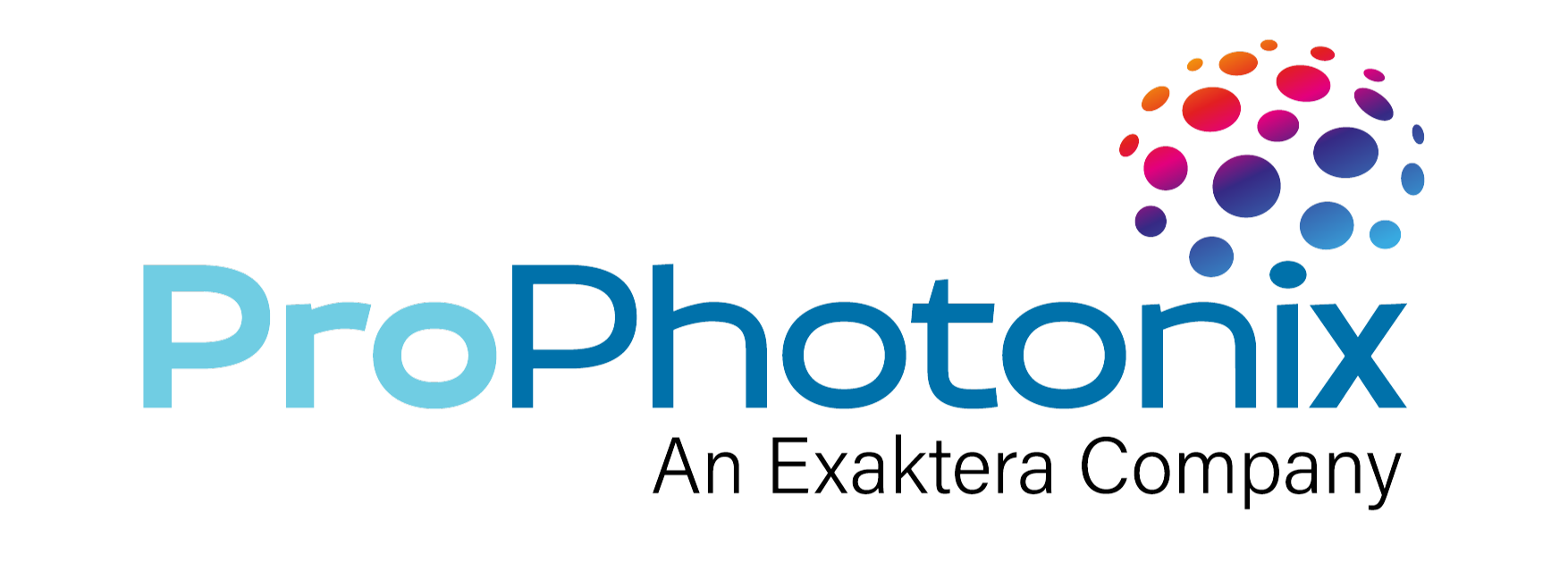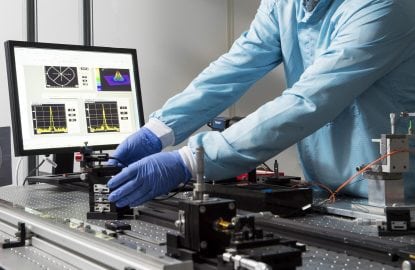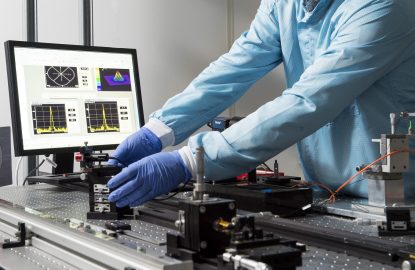A high-performance laser module is likely to deliver high optical output power but should also meet or exceed other specification parameters which may include beam size and shape at the working distance, line straightness and uniformity, reliability, ease of integration, and output stability.
As a critical component of an OEM system, a high-performance laser will enable optimal system performance in the end application. The high-performance laser will be designed and configured to achieve that level of end-application performance, based on a clearly understood set of application requirements and a laser specification derived from that.
This blog post will address typical requirements of high-performance lasers in several important application areas, typical specification parameters, and benefits for OEMs and end users.
Uses of High-Performance Lasers
High performance laser for industrial applications
A high-performance, uniform line laser may be used for 3D measurement or profiling in a high-speed, high-volume production environment to ensure compliance with a manufacturing specification for the product. Line thickness, straightness and uniformity may be critical to the accuracy of measurements made. Where a line or elliptical beam laser is used in an industrial alignment application, optical output power may be less important than pointing accuracy and pointing stability with temperature variation in the operating environment.

High performance laser for medical and aesthetic applications
High-performance laser modules are used in a broad range of medical and aesthetic applications. Some have similar requirements to those for industrial applications; patient alignment for CT scanning, X-ray or radiography for example. Other applications involve measurement or imaging using the laser light source coupled with a camera or sensor. Retinal scanning is one example, where a high-performance laser is used to scan the retina and produce a through-thickness profile to aid in the detection of glaucoma among other conditions. A third group of medical and aesthetic applications uses the high-performance laser output for patient treatment. These applications include treatments to reduce pain and accelerate wound healing, as well as aesthetic treatments, for example, laser liposuction.

High performance lasers for scientific applications
Typical scientific applications for high-performance lasers include spectroscopic applications, such as fluorescence spectroscopy, and particle measurement and detection. Any of these applications may be used in a laboratory environment where operating conditions are relatively tightly controlled. But they may also be used in industrial situations and share many of the critical requirements of industrial and medical lasers. High-performance lasers are used in pharmaceutical and food manufacturing to ensure that high-volume powder products are ground or milled to the required degree of fineness. High-performance lasers are also used to detect drugs and other contraband materials at airports and other points of entry or to detect environmental contamination, for example, spills and leaks in the offshore oil industry.

Advantages of High-Performance Lasers
High precision and accuracy
High-performance lasers modules are frequently required to emit beams with precisely defined size and shape at the required working distance, or over a range of working distances. Smaller diameter circular or elliptical beams and thinner lines allow for greater positioning and measurement precision.
Output power, speed, and process efficiency
In many applications, a high-performance laser will improve process efficiency by enabling faster data gathering combined with improved accuracy and reproducibility. High optical output, combined with high precision positioning or measurement, will allow a production process to be run at high speed, increasing production capacity and delivering process efficiencies without compromising measurement accuracy.

Increased production and profitability for businesses
With more dependable laser performance and improved process efficiency, come increased output and high business profitability for the laser system end user.
Reliability and durability
Reliability is essential in the majority of high-performance laser applications and reliability may be considered in terms of consistency over time as well as consistency under varying ambient conditions, for example with fluctuations in temperature. Careful consideration of the conditions in which the laser will be used, followed by appropriate design and manufacturing using the most reliable component parts will deliver a high-performance laser with the necessary reliability in the application. Durability will also depend on the conditions under which the high-performance laser is used. When properly specified, designed, and manufactured, a high-performance laser module may be expected to perform to the required standard over several years.
Reduced risk for patients
Safety, especially eye safety, is an important consideration in all laser applications and a high-performance laser must be specified and designed taking laser safety into account. In some applications, output from the laser will be screened so that it is not possible for a user to be exposed to the output beam. In others, including high-performance lasers used in medical and aesthetic applications, the patient may be intentionally and necessarily exposed to the beam. In those applications, laser design taking laser safety into account is critically important. But the way in which the laser is incorporated into the OEM system and the way in which that system is used in practice must also be properly considered. And reliable, consistent output from the high-performance laser is an absolute requirement.
Contribution to sustainable practices
Some high-performance laser applications involve monitoring and measurement of potential pollutants from industrial processes, and so help minimize the environmental impact of those processes. Some high-performance lasers, such as those used in food sorting or waste recycling, make a direct contribution to sustainable practices. And others, by improving process efficiency and helping to reduce energy consumption and waste from industrial processes, make a less direct but no less valuable contribution.
Conclusion
High-performance laser modules find many different applications. In most of those applications, high optical output power is key to delivering high-performance. But typically, several other critical performance parameters should be taken into account when specifying, designing, and manufacturing a high-performance laser.




